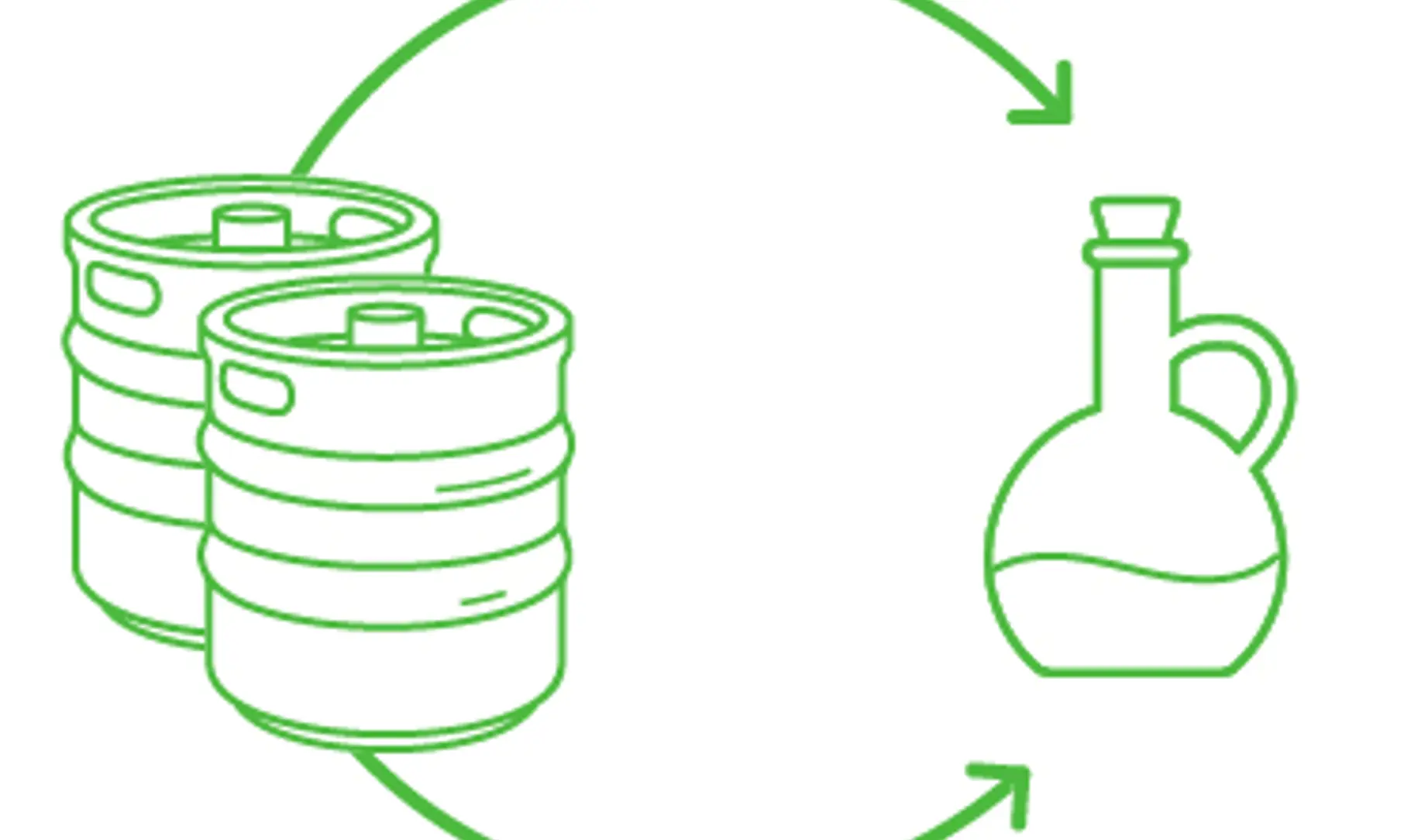The circular effect

In part four of Circular Index, we look at some of the ways our industries are working to become circular – and the impact this has had on both the environment and society.
Any change that takes us closer to a more sustainable way of living is good. And so, as more manufacturers and industries begin to adopt circular economy practises, we’re seeing that positive change spread further and further – with human health and biodiversity among the biggest winners.
A circular route to a healthier society
The three principles of a circular economy are always worthy of repetition: eliminating waste and pollution, recirculating products and materials, and supporting the regeneration of nature. On face value alone, it makes sense that trying to embrace them – from a consumer or manufacturer’s point of view – would help society live better.
Take the more than nine million deaths that occur every year as a result of air, water and soil pollution. For every manufacturer that stops using harmful materials in their production process, this will lead to less hazardous waste being improperly disposed of – helping cut global deaths.
What goes around comes around
Looking at the remaining principles, we can see plenty of other ways large-scale adherence has positively influenced people and the planet. Take fashion. If clothing manufacturers worked with better and more sustainable materials, this would improve overall quality. And if, as a result, the average number of times a piece of clothing was worn doubled, the textile industry could reduce its greenhouse gas emissions a massive 44%.
Circular thinking in practise
We’re seeing successful examples of circular thinking in every industry. Like with technology giant Dell, which began using recycled plastic in some of its desktop computers in 2008 before, in 2014, becoming the first computer manufacturer to create a PC partially made with third-party certified ‘closed loop’ plastics. Here, their work with third parties also highlights that the best way to embrace circularity is through collaboration. On every level.
Circularity within food and beverage
Giving goods a second life and switching to more sustainable sources seem to be among the more popular methods of circularity being applied throughout the food and beverage industry. From the increasing number of breweries all across the world working with vinegar producers to turn unused beer into vinegar, to those manufacturers working to make their entire production line more efficient. Whether it concerns raw materials or the whole packaging process.

All of which highlights the importance of packaging suppliers like SIG. With innovative and sustainable packaging solutions like our next-generation filling line SIG NEO, we can help you cut overall water usage up to 60% and greenhouse gas emissions per filled carton pack by 25%.
In the penultimate chapter of the series, we’ll focus on carton packs and their role in the circular economy. Follow along and check out the other topics we think need to be discussed by subscribing to SIGnals Update, our exclusive bi-weekly newsletter.
